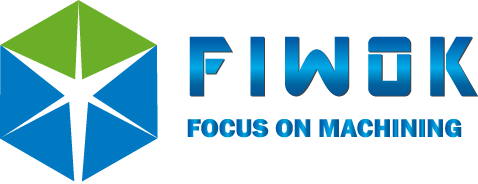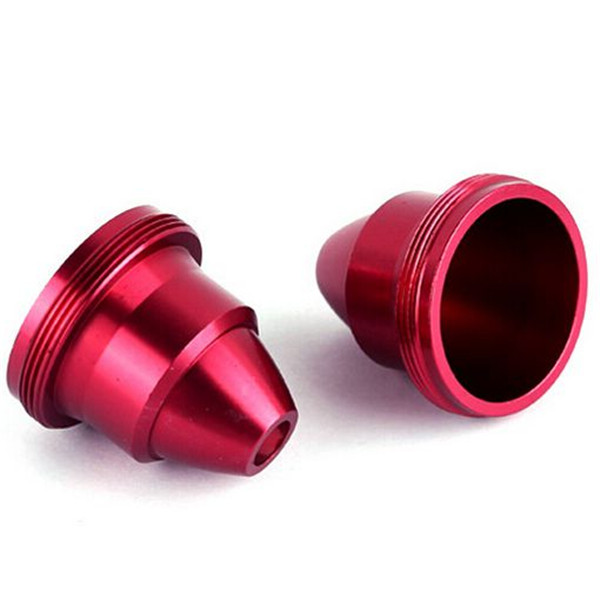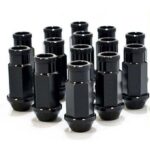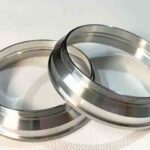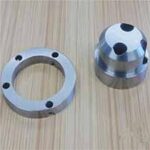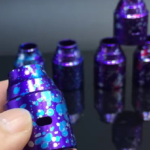Design tips for turning machining parts
When you receive the quotation of turning parts from manufactures, you may find that the prices are out of your expectation and budget limit. Then you may need to find ways to reduce the cost.
Here we share some design tips for your to get lower prices.By optimizing the process and improve the overall quality of the turned parts, you can reach your goal. In this blog post, we will explore some key considerations to keep in mind when designing parts for turning.
Keeping the design as simple as possible is crucial to minimize the number of machining operations and reduce costs. Complex designs can often lead to increased machining time and higher material waste. By simplifying the design, you can streamline the turning process and make it more efficient.
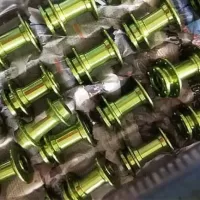
Designing parts with symmetry whenever possible offers multiple benefits. It helps achieve balanced cutting forces during turning, reducing the chances of deflection or vibration. Symmetry also improves stability and enhances the overall aesthetic appeal of the final product.

Sharp corners can be challenging to machine accurately and can lead to stress concentrations. To overcome this, incorporate fillets or radii to improve tool engagement and reduce the risk of tool breakage. By eliminating sharp corners, you can improve the machinability of the part.
Excessive overhangs in design can cause vibration and deflection during turning. It is essential to keep the length of unsupported sections as short as possible to maintain stability and accuracy. This will help ensure that the machined parts meet the required specifications.
When designing turned parts, it is crucial to consider the material’s machinability. Factors such as hardness, toughness, and chip formation characteristics should be taken into account. By understanding the specific properties of the material, you can optimize the design to achieve better machining results.
To ensure the cutting tool can reach all required features without interference, it is essential to design the part with tool access in mind. Avoid deep pockets or narrow channels that may limit tool access and hinder the machining process. Easy tool access will lead to improved accuracy and efficiency.
Clearly defined tolerances are crucial when designing turned parts. Consider the capabilities of the turning process and the specific material being used to determine the appropriate tolerances. This will help achieve the desired precision and ensure the manufacturability of the part.
Specify the desired surface finish requirements for the turned parts, taking into account both functional and aesthetic aspects. This will help determine the appropriate cutting parameters and tool selection. Optimizing surface finishes will enhance the overall quality and appearance of the final product.
Anticipate any additional operations, such as drilling, tapping, or milling, that may be required after turning. Design features that facilitate these operations if needed, making the overall manufacturing process more efficient and cost-effective.
Engage with a machinist or manufacturing engineer during the design phase to ensure the part is optimized for the turning process. Their expertise can help identify potential issues or improvements in the design, leading to better results and cost savings.
In conclusion, by implementing these design tips for turning machining, you can optimize the manufacturing process and improve the quality of the turned parts. Consider simplicity, symmetry, material properties, tolerances, surface finishes, and post-turning operations, while seeking expert guidance when needed. By doing so, you can achieve the desired results efficiently and cost-effectively.
Looking for improved performance in CNC turned parts while reducing costs and speeding up production?
Look no further than Fiwok, your trusted precision machining partner. We offer a wide range of CNC turning services tailored to meet your specific project requirements. With advanced CNC centers and inspections equipments and tools, we consistently deliver parts with exceptional precision and accuracy.
Partner with Fiwok and experience unprecedented levels of performance, reliability, and affordability in your CNC machining projects.
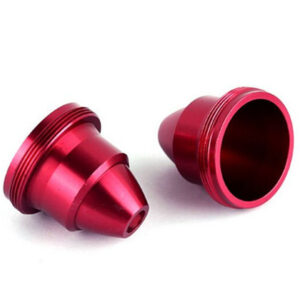
Design tips for turning machining
Design tips for turning machining parts When you receive the quotation of turning parts from manufactures, you may find that the prices are out of your expectation and budget limit. Then you may need to find ways to reduce the cost. Here we share some design tips for your to get lower prices.By optimizing the

what is a 5 axis cnc machine
CNC technology has been getting more advanced in recent years. One specific advancement is the use of five-axis linkage CNC machining centers, which have become increasingly popular in various industries. These 5 axis CNC machines are highly efficient and produce high-quality results. They are particularly beneficial when manufacturing complex-shaped parts. Double-column Machining Center(5-Face Machining)-MCR-A5CⅡ) ■
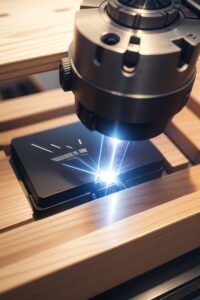
laser etching aluminum
Laser etching aluminum Fiwok provides laser etching aluminum services to satisfy your need for branding and identification. With advanced laser marking machines, we are capable of black and white etchings for aluminum parts. ■ What is laser etching ? ■ Advantages of laser marking ■ Laser etching anodized aluminum machining parts ■ Black and white
